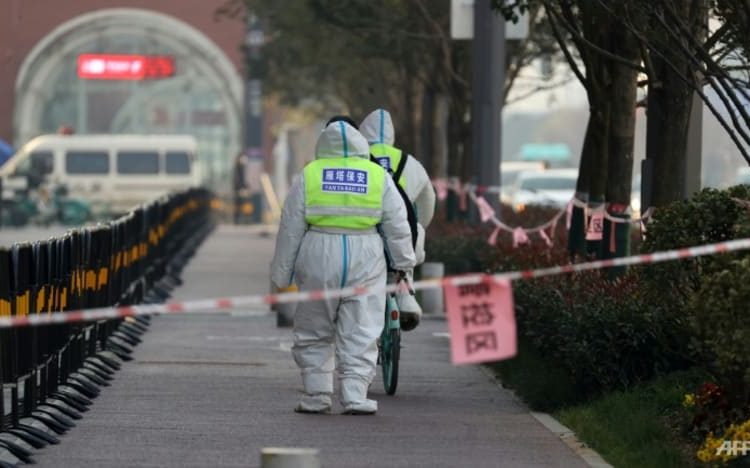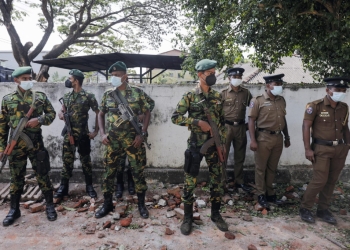Hundreds of thousands of people were told to stay at home in northern China on Tuesday (Dec 28), as the country battled its largest COVID-19 outbreak in 21 months, and locals who were confined to their homes complained about food shortages on social media. As Beijing prepares to welcome thousands of international visitors to the Winter Olympics in February, it has implemented a “zero-COVID-19” plan of stringent border restrictions, lengthy quarantines, and targeted lockdowns.
However, authorities have been dealing with a resurgent virus in recent weeks, reporting 209 infections on Tuesday, the biggest single-day figure since the pandemic raged through Wuhan in March last year. The increase has caused authorities to implement the “strictest” achievable limitations within the northern metropolis of Xi’an, whose 13 million citizens are entering their sixth day of house confinement, despite the fact that it is minimal in contrast to the rampant cases in Europe and the United States.
Households are limited to sending out one person every three days to buy groceries, in addition to having gone through several rounds of testing. Nearby cities have also reported incidents tied to the flare-up, with Yan’an, some 300 kilometers (186 miles) south of Xi’an, shutting down businesses and ordering tens of thousands of people to stay indoors on Tuesday. According to state broadcaster CCTV, Xi’an has set up over 4,400 sampling locations and dispatched over 100,000 workers to manage the latest round of tests.
On state television, footage showed masked locals queuing to be tested in streets and sports centers, while health professionals in blue hazmat suits were seen spraying disinfectant indiscriminately on vacant streets. Students have also been prohibited from leaving their university dorms unless absolutely essential, according to CCTV. The local Red Cross branch in Xianyang, a four-million-strong metropolis with a dozen instances, has appealed to the public for monetary donations, claiming that “consumption and demand for the protective gear are currently very significant.”
























